Your daily dose of Product Management Goodness
Want to know more?
We would love to hear your questions and suggestions for topics you would like to see covered in our future blog posts, so don't be shy and get in touch!

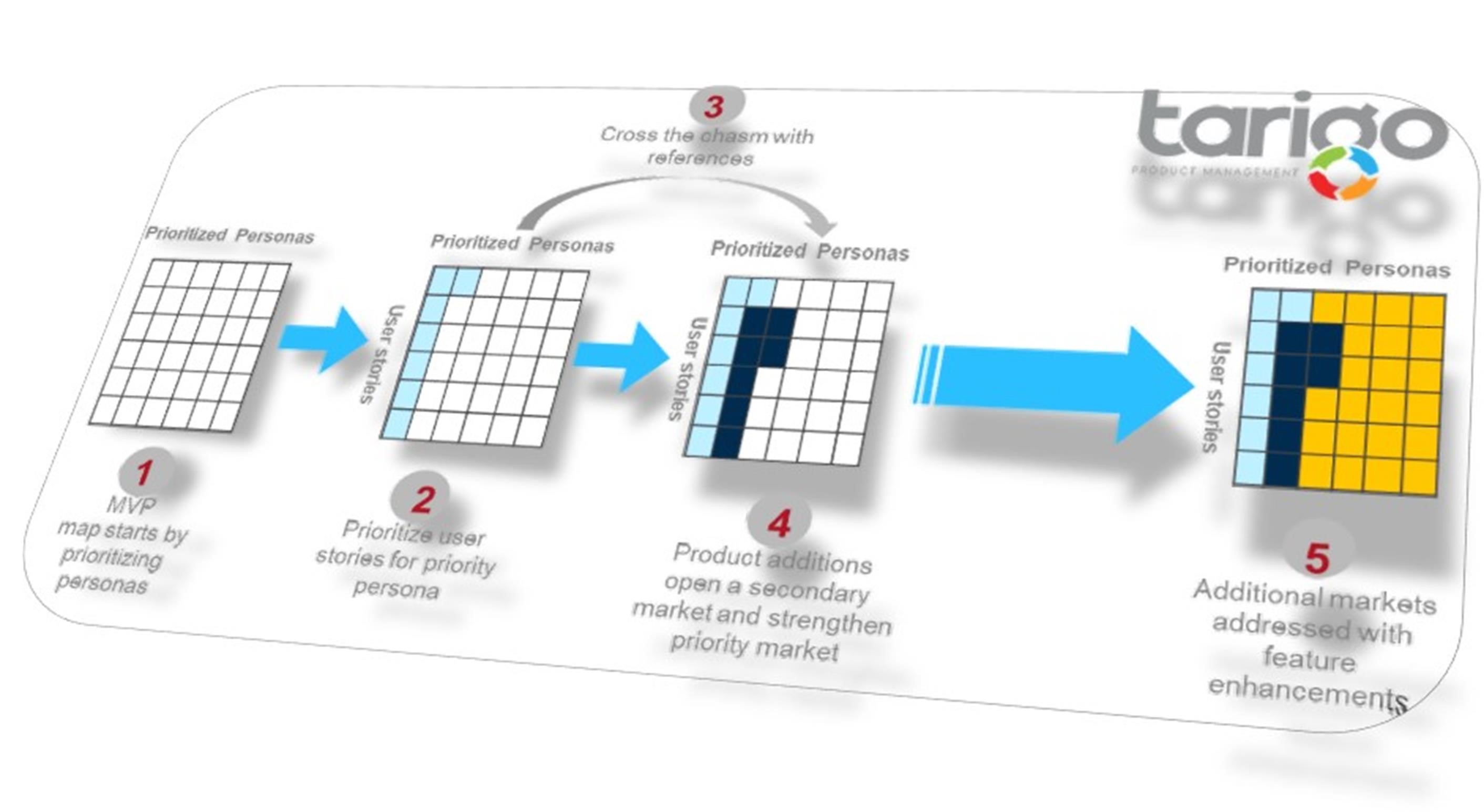
The MVP
The minimum viable product (MVP) concept has been with us for decades. On the surface it makes sense; get to market quickly with a skinny version of your product that you can build on. But in reality it often fails – the MVP turns into a cheap and cheerless offer that doesn’t gain traction and doesn’t get updated. The problem is often simple – we’re trying to satisfy too many customer types with our MVP. Here’s a model we use to help with MVP thinking.
1. START WITH PERSONAS
Find a primary market and focus exclusively on that
2. PRIORITISE USER STORIES FOR THE PRIMARY MARKET
If you try and meet the needs of many markets with your MVP, you’ll end up satisfying none
3. CROSS THE CHASM WITH REFERENCE
Use your primary market as a reference base for you next market
4. OPEN A SECONDARY MARKET
Build out for your offer for your secondary market, using your primary market reference base
5. RINSE AND REPEAT
Continue for additional markets
read more
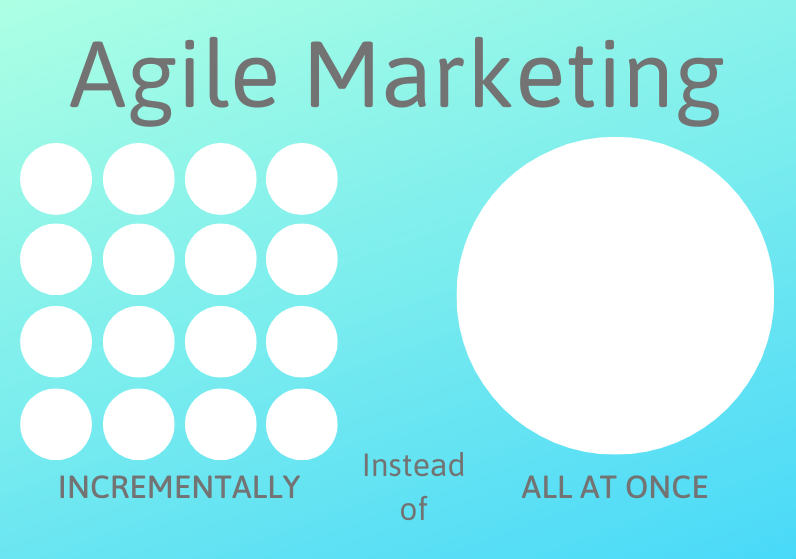
Agile
Does agile development require agile marketing?
Over the past few years, agile processes have become the dominant process-type in the development and delivery of technology. Promising a level of responsiveness and customer focus. Variants of this core agile method are now commonly used for developing product across the board.
But whilst product teams have embraced the brave new world of agile, their colleagues in marketing, support, finance and other functions have not seen the relevance to them. The net result? A fragmented response.
Technology is delivered through regular sprint iterations whilst messaging, marketing, support and other deliverables follow a much more static or traditional delivery path. Failing to match the agility of development processes that are in place.
What do you think? Does marketing need to be as dynamic and responsive as development when dev teams use agile methods?
read more
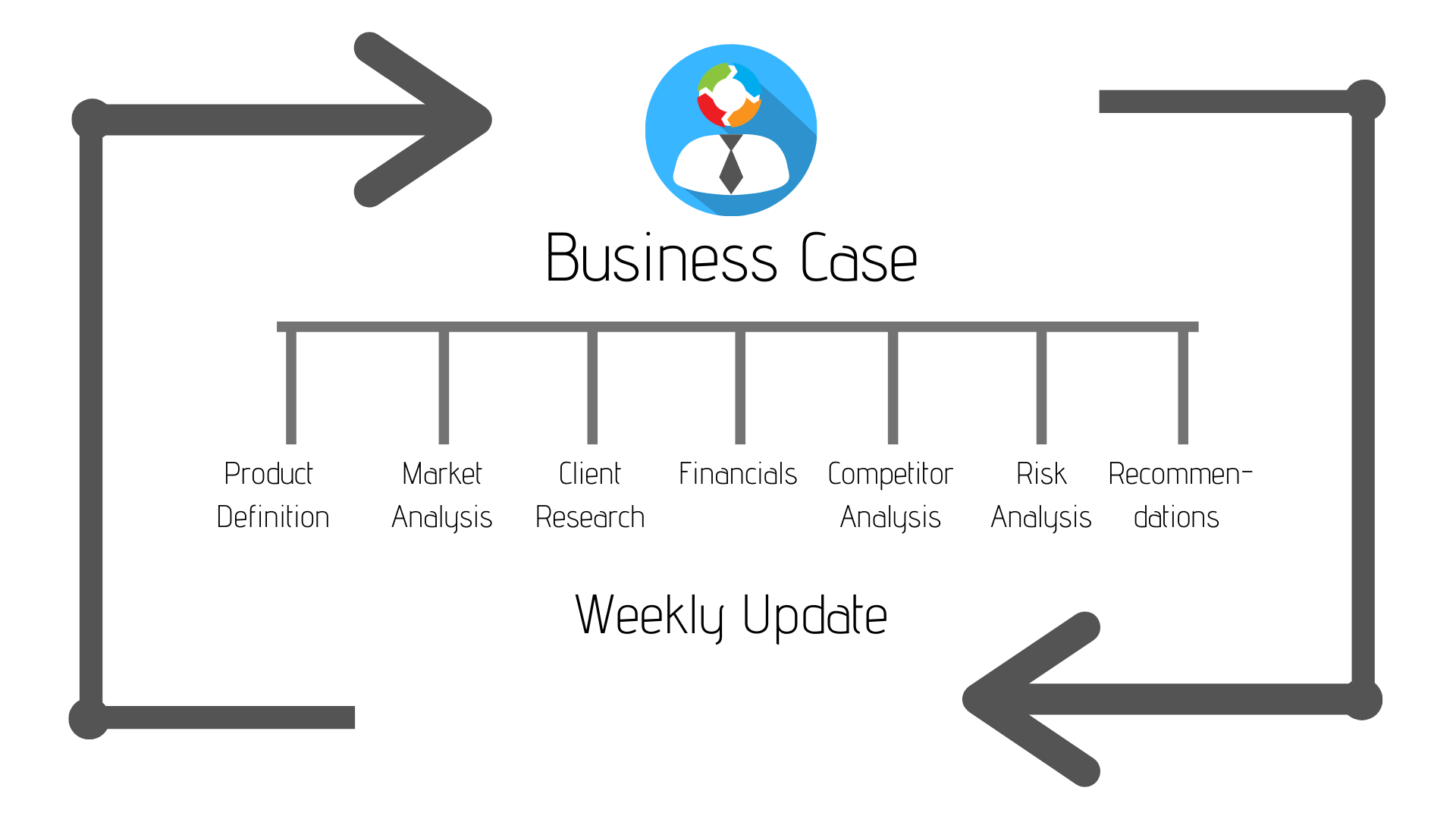
Business case maintenance
How many of us build out a business case to get our product funded and then simply forget it?
It is worth remembering that the business case changes as conditions change; customers, markets, competition, risks, numbers, etc all can change. To build the business case once and then forget it is to neglect this fundamental of change. And if we build the business case and forget it, we’re building a product for historical market conditions – what our markets used to look like.
Simple product management tip – make a habit of reviewing your business case and updating it – 15 minutes per week where you record any new information that you’ve uncovered over the last 7 days so you always have an up-to-date record.
read more
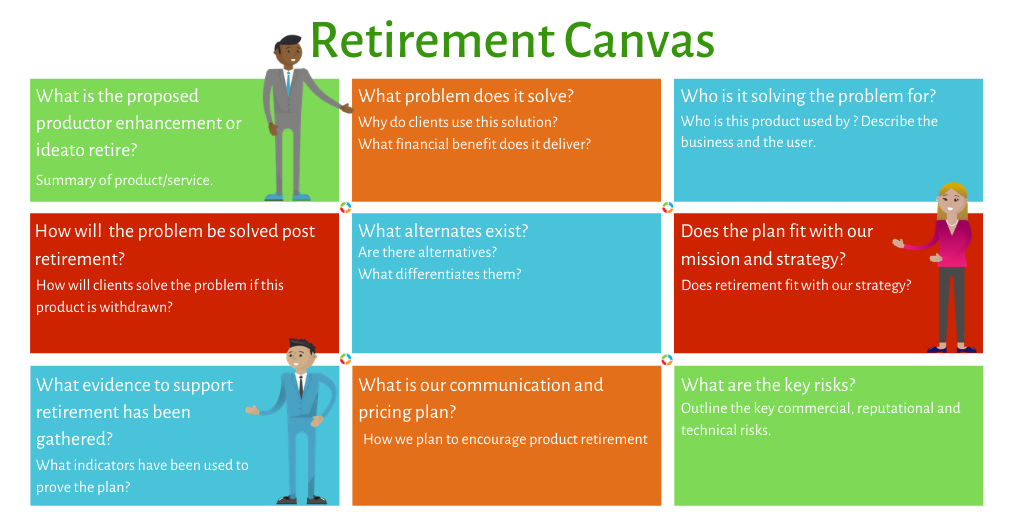
Retirement canvas
Is it even important to have a strategy when you’re pulling the product, why worry? Two reasons:
? Customers - Do it badly and customers aren’t going to be knocking at your door for your next product. You lost their trust.
? Competition - Get it wrong and you leave the door wide open for competitors to enter and build their position.
Think of retirement as the mirror of market entry - do your research, build your plan, and communicate your position clearly and frequently.
We have a tool to help you decide whether retirement is the best option for your product. Step through the Retirement Canvas, question by question, and determine the next steps for your product.
The result? You gain a clear picture of your market, how retirement may affect the market and whether you should plan to replace the product you are looking to retire!
read more
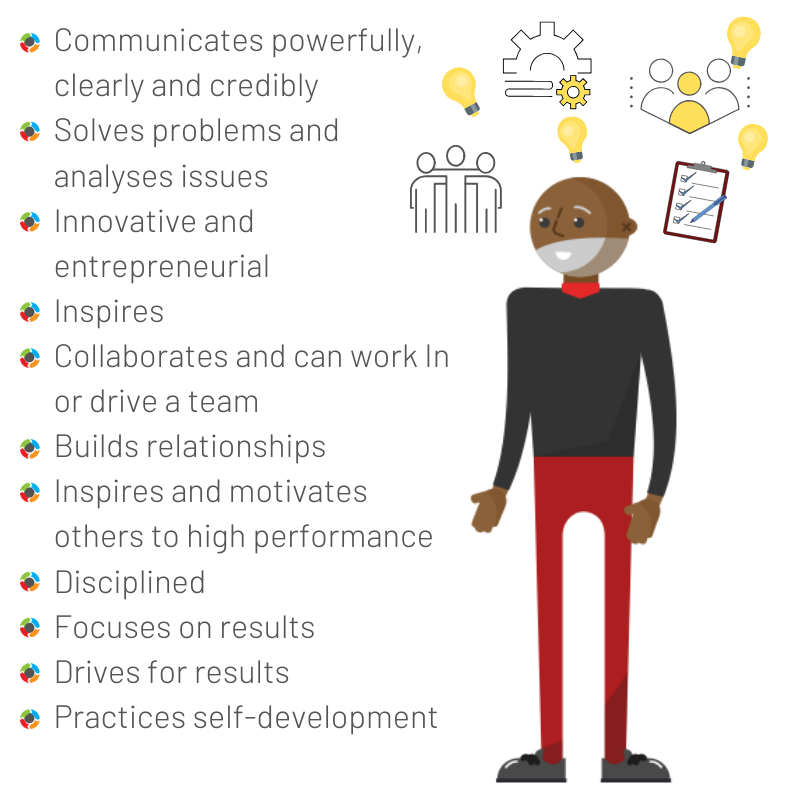
The perfect Product Manager.
What do you look for in a product manager?
We often get asked to assess a potential PM candidate. Outside of their PM knowledge, these are the attributes that I look for...
What do you look for in the perfect product manager?
read more
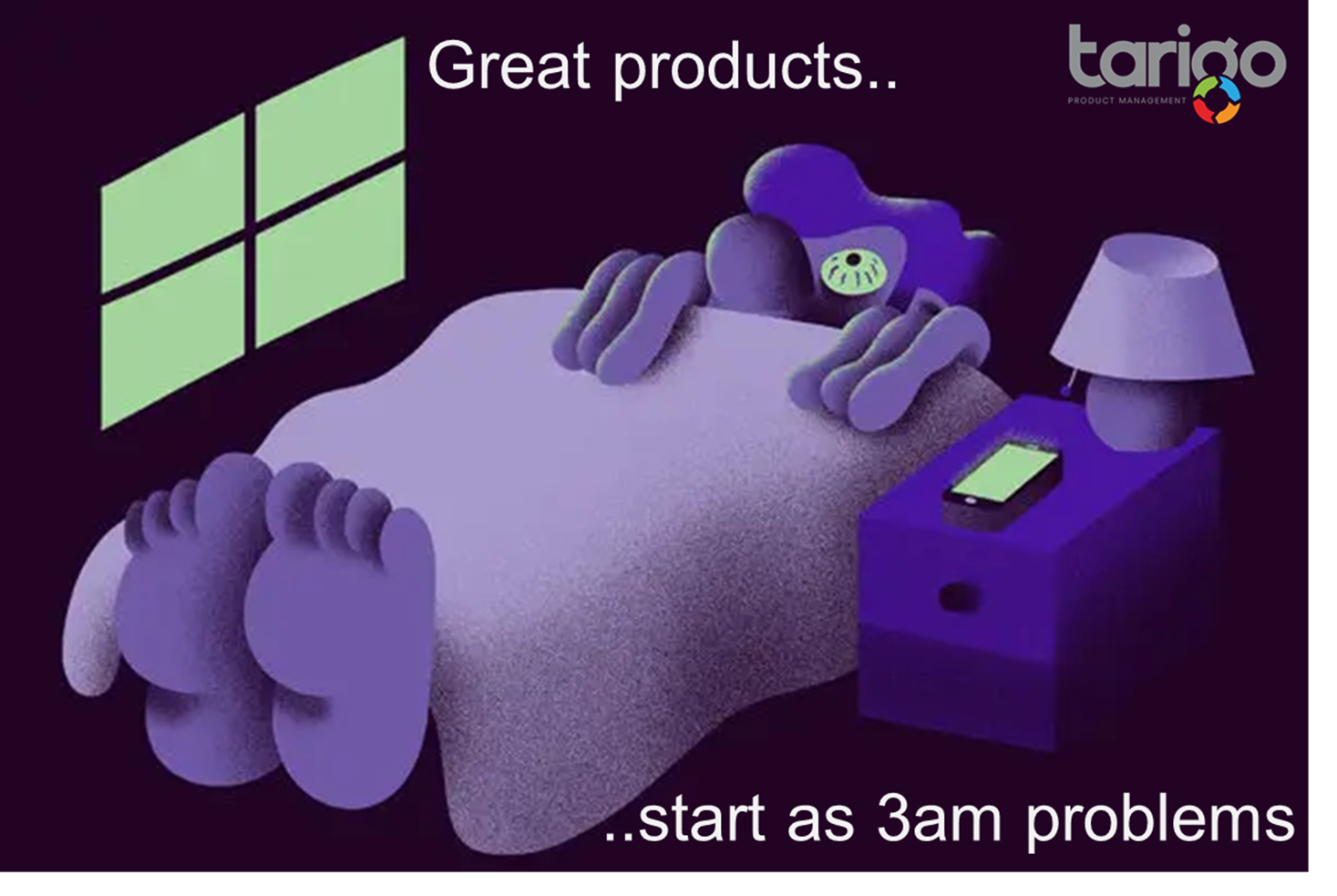
Market Problem
Where do you find that next, great breakthrough product? One way is to turn your mindset from product innovation to problem validation. Think about it – we are all motivated to fix problems that stress us. Your customers are no different. The bigger the stress, the more motivated we are to find the fix. So step into your customers shoes and think about what keeps them awake at night. 3am problems generate successful products.
read more

Opportunities
When is a good opportunity NOT a good opportunity?
When it doesn’t match capability. It’s easy for Product Managers to get carried away with an idea and forget to look into their business. That knock-out opportunity you’ve identified might simply not match your organisation. Think of it as a capability review. Does your business have the funds, technical skills, market access, reputation, reach, scale and strategy intent to address the opportunity. If not, that great new product idea has the potential to sink your business.
read more
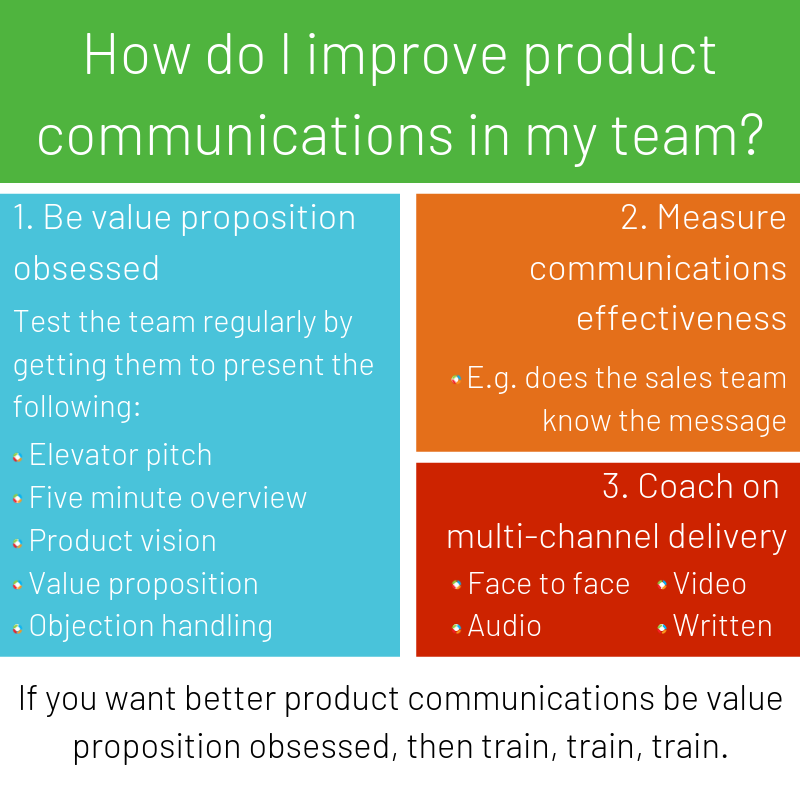
Product Communication in my team
Leaders of Product Management often ask how to get their team to be better product communicators - to be able to get their message across well. My response is to ask one simple question “When did you last ask the team about value propositions?”. Here are some simple tips to drive better product communications:
1. Be value proposition obsessed
Test the team regularly by getting them to present the following:
• Elevator pitch
• Five minute overview
• Product vision
• Value proposition
• Objection handling
2. Measure communications effectiveness
• E.g. does the sales team know the message
3. Coach on multi-channel delivery
• Face to face
• Audio
• Video
• Written
read more
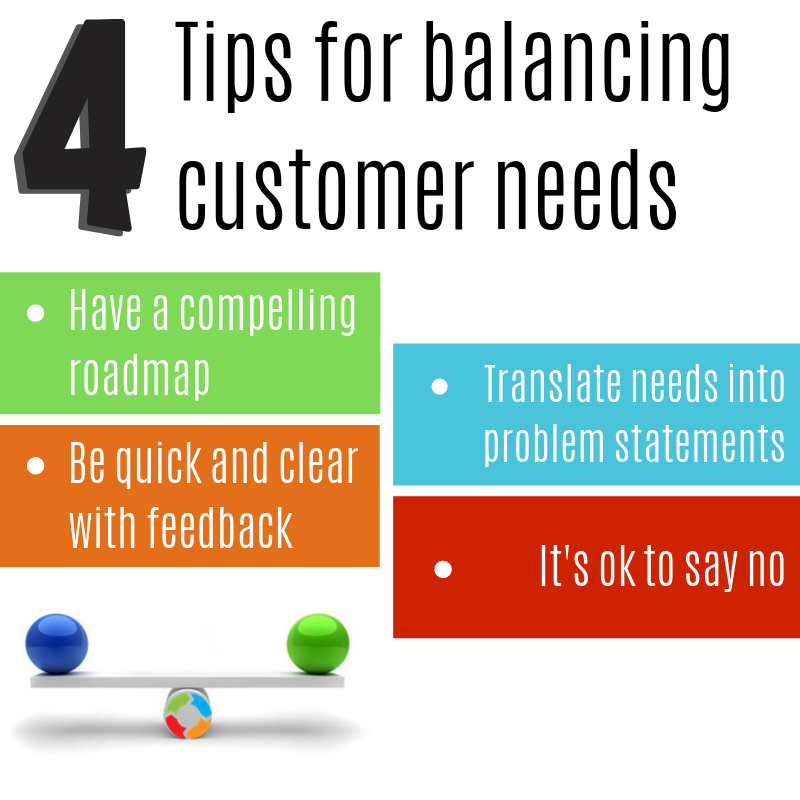
Balancing customer needs.
We run a product clinic with one of our customers every week. Question of the week was this “How do I balance the needs of the loudest customers against the many?”. It’s a common issue, and here are my top tips
1. Have a compelling road-map and you’ll get fewer ad-hoc requests.
Customers will want to join you on your exciting journey rather than make up their own.
2. Translate needs into problem statements so you understand what really needs attention.
Always understand the problem they’re trying to solve and the scale of the problem in your market.
3. Be quick and clear with feedback so that no-one’s left hanging
Feedback in days on all customer requests and be clear on your rationale
4. Its OK to say no because you can’t meet the needs of one at the expense of the many.
Saying ‘no’ is always better done quickly, and with clear reasoning.
read more

Don’t overload you presentation
I’ve just sat through presentation torture – a product manager with slides full of 10 point font! It was an hour of staring at the back of a the persons head as they read their own slides. I understand why this happens - nervousness. They think “I’ll never remember everything I need to say so I’ll write in it the deck as support”. But the problem when they present is that either the audience just read the slides or the presenter reads for them - both are pretty dull and completely un-engaging.
Remember, slide decks are a presentation aid, they do not tell the full story and probably make little sense without the presenter. So use them as an aid – three or four big statements per slide that gives your presentation structure and direction
read more

Focus
Product, Problem or Solution managers?
I was in conversation with some sales people yesterday and we got on to one of the regular hot topics - product managers talk too much about product. It can sound a little weird - surely a product manager should talk about the product? But too much product focus is wrong because customers don’t really buy products. Think of it like this; the old saying in sales that ‘people buy from people’ has a product management equivalent. “People don’t buy products they buy solutions to problems”. Help sales team sell by ensuring they have clarity on the issues that are front of mind for your customers rather than a dry list of features. Develop a problem and solution focus.
read more
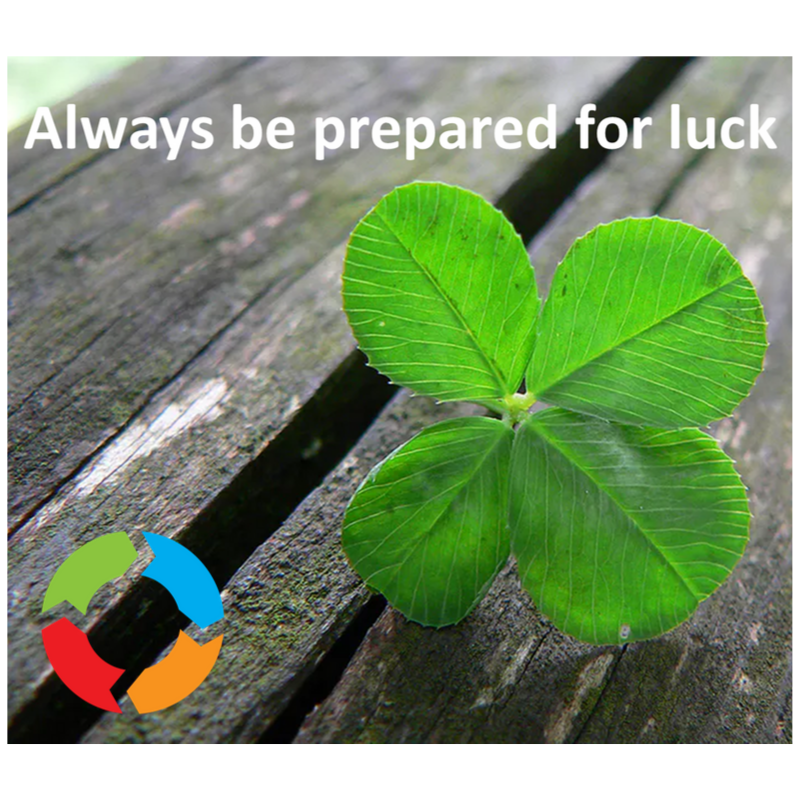
Being Prepared
Luck has no place in successful product management, right?
Taking a product to market is about skills – research skills, analytical skills, communication skills, development skills, financial skills, etc, etc. There’s nothing lucky about it…… except….. sure, it takes skills to get to market, but a good product manager must make sure his team are ready to ride a lucky wave. Think of it like this - the CEO of your biggest target customer is about to pick up the phone and call one of your sales team to find out more about your new product. It’s your lucky day! But only if your team are prepared. Every business gets lucky breaks, successful businesses are prepared for it.
read more
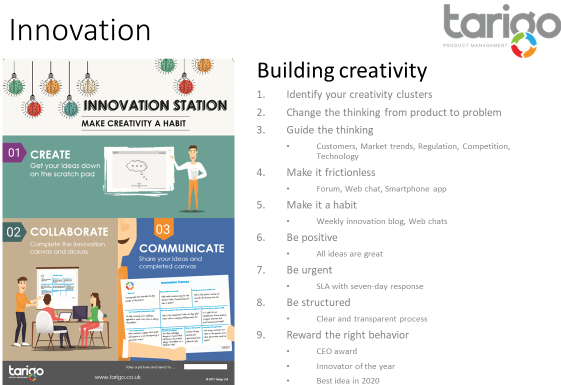
9 steps
Want to generate more new product ideas across your business? It’s about building a culture where innovation thrives.
Here’s our 9 steps:
1. Identify your creativity clusters – focus your energies on the right groups in your organisation.
2. Change the thinking from product to problem – get them thinking “what problems do our customers have that we can try and address?”
3. Guide the thinking – Share market and customer trends to inspire them
4. Make it friction-less – Make it super easy to get ideas to you. A chat forum or web app perhaps. Remove all barriers
5. Make it a habit – How about a weekly innovation blog so it stays front of mind
6. Be positive – All ideas are great
7. Be urgent – give feedback on ideas asap
8. Be structured – have visible review process
9. Reward the right behavior – CEO awards, recognition
read more

Driving a Product
We have arrived at market with momentum and successfully launched our new product, but what’s next?
Managing a product post launch is big task, we have to consider a few things:
• Which phase of the life-cycle our product sits in?
• How our product is performing in market?
• With a fully launched product, what new markets and target customers can we start to target?
There are a few things that we can do in order to drive our product.
Use marginal gains thinking to make incremental product improvements – We make lots of small improvements to our offering, be that product features, support or the overall product offering. Over time these small improvements add together to give our product serious gain in value to our target customers.
To gain useful research information to guide our product decisions, we look at win/loss reporting to analyse why we are winning or losing with customers over our competition. Doing this with many potential and real customers helps us build up a repository of information that we can use to guide our product improvements.
Combining win/loss reporting with marginal gain product improvements is a great way to move toward building out a world class product offering, driving growth for as long as possible.
read more
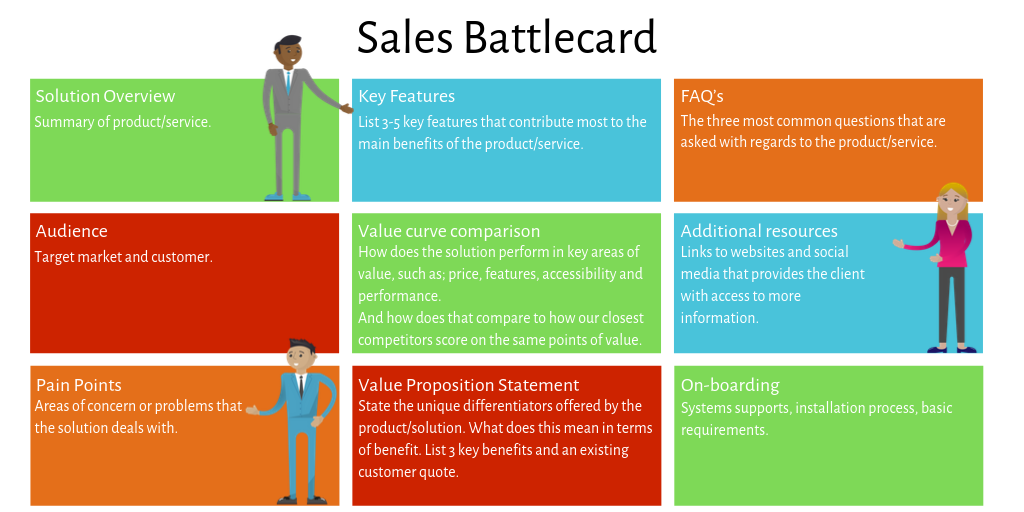
Sales Battlecard
Having our product communicated to the customer correctly is vital in generating real interest and potential revenue. It’s up to the sales team to sell the product, but if they haven’t been armed with the correct tools to communicate our product successfully we aren’t going to get the best possible results when we take our product to market.
One of the most effective tools of delivering a clear and consistent message to all our potential customers is the sales battle-card. A clear one-pager that provides the sales team with the headline information, positioned to sell and present the value of the product.
The Tarigo Sales battle-card looks something like this and has 9 sections to assist the sales persons provide all of the most up-to-date and accurate information available.
These sections include:
• Solution overview
• Key features
• FAQ’s
• Audience
• Value curve comparison
• Additional resources
• Pain points
• Value proposition statement
• On boarding
If you’re interested in giving the sales battle-card a try or want more information on this tool, email us at – info@tarigo.co.uk
read more
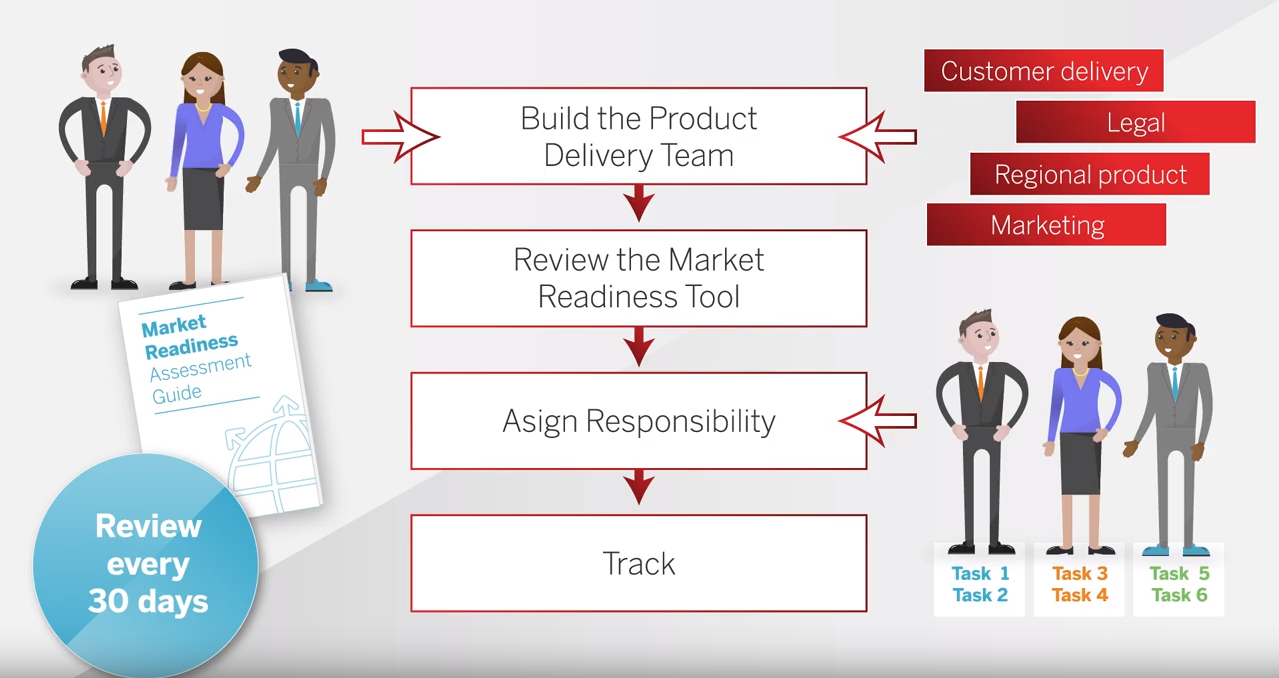
Market Readiness
How do you get ready for market? Too many product managers treat it as an afterthought – they focus on building the product and think about everything else later. And remember, we can define and build a world beating product, but it’s for nothing if the product is not “market ready”; which means taking care of naming, pricing, training, regulation, and support, etc. To fix this, we recommend using a market readiness tool and following a simple process:
1. Build the product delivery team. Invite stakeholders from across the business who have a role in the launch such as, customer delivery, legal, regional product and marketing. This ensures the right teams and people are on-board to support the build and launch of the product. It’s best to do this months in advance.
2. Review the Market Readiness tool. Step through the document and work out what needs to be in place for a successful launch.
3. Assign responsibility. Work out who in the team owns each task.
4. The Track your progress. Get the team together every thirty days to review progress versus plan.
Combining this process with our Market Readiness tool gives you the best opportunity to achieve product success.
read more
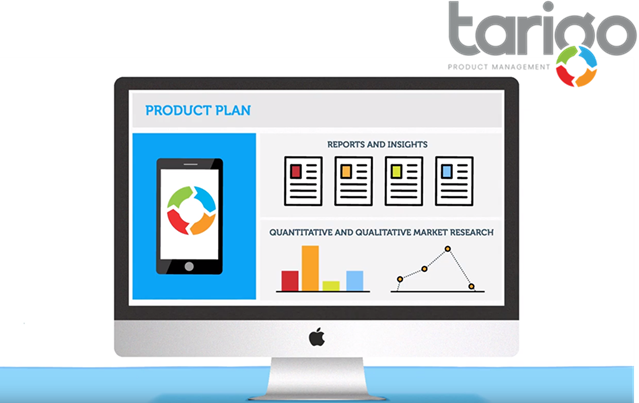
Product Plan
Managing a product is complex. We need to understand our customers, markets, competition, regulation, and more. That’s a lot to remember! To fix this, product managers keep a product plan – a document that overviews our products & markets. What does it contain?
Product - what it is and what it offers the market
Vision - how the product will develop over the next 1 to 3 years
Customers - their needs, likes & dislikes, the problems & opportunities they have
Competition – how can we differentiate our product
Financials - Scale of the market , P&L model & pricing
Risks - with mitigation
Execution plan
It’s up to the product manager, guided by their leadership team to build an appropriate level of depth & detail into the document. So a product plan is written by product management before a product is built, but what about once the product is launched? We know market conditions will change, so we keep the product plan updated. The best practice is to make small but regular updates to the plan. Put aside 15 minutes per week, and ask yourself “What have I learnt about my products and markets over the last 7 days ”. Using this technique, the product plan is always up to date, and the amount of time & effort required to keep it updated is small.
read more
Check out the Archive